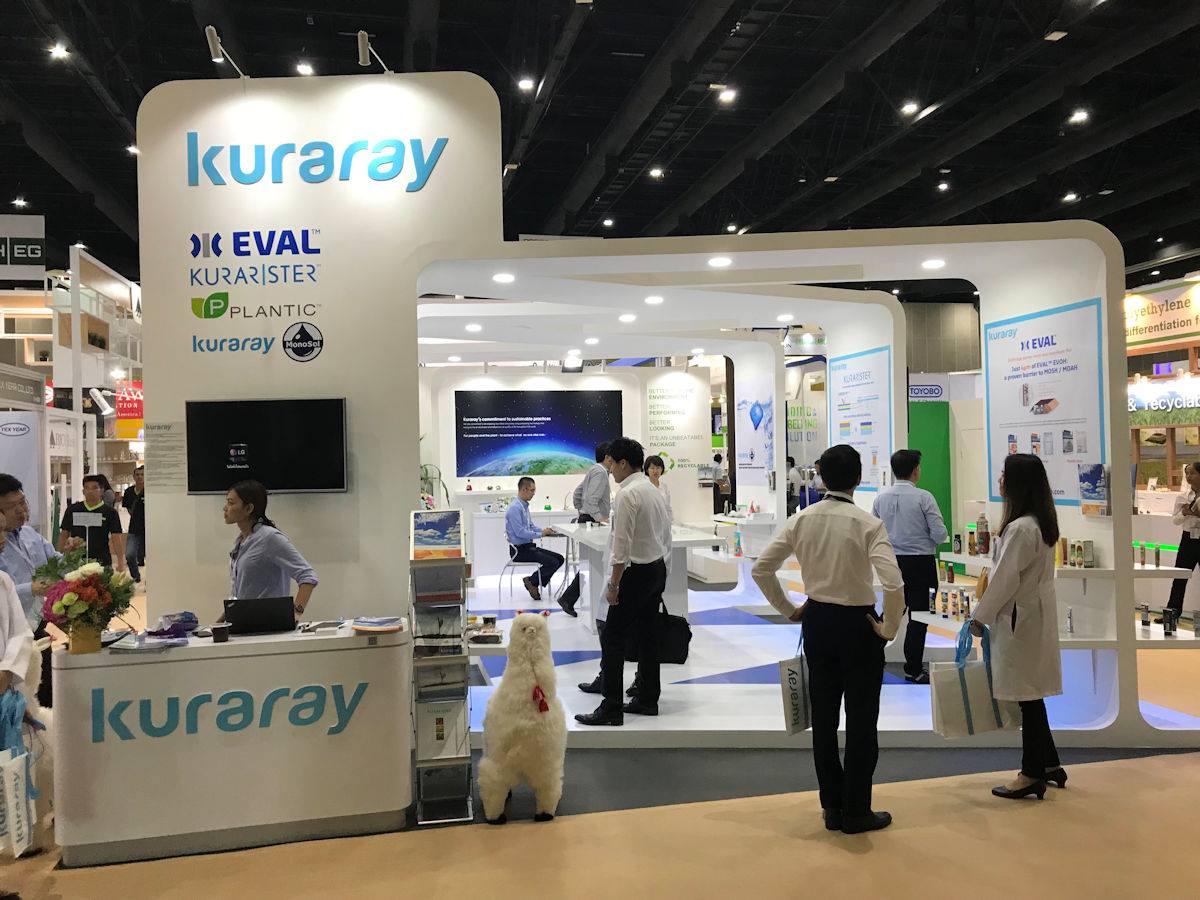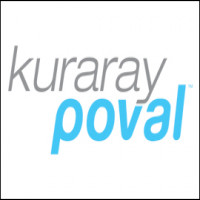Polyvinyl Alcohol Partially Hydrolyzed: Properties, Applications, and Benefits

Strong 8k brings an ultra-HD IPTV experience to your living room and your pocket.
In particular, polyvinyl alcohol partially hydrolyzed stands out as a popular variation, offering a distinct balance between solubility and film-forming capabilities. This article explores what makes polyvinyl alcohol partially hydrolyzed valuable, the science behind its composition, and the numerous applications that benefit from its unique properties.
What is Polyvinyl Alcohol?
Polyvinyl alcohol (PVA) is a synthetic polymer created by polymerizing vinyl acetate and then hydrolyzing (breaking down with water) it. The process of hydrolysis determines how much of the acetate is removed, affecting the polymer’s properties. PVA comes in various degrees of hydrolysis, ranging from fully hydrolyzed to partially hydrolyzed forms. Polyvinyl alcohol partially hydrolyzed has a specific range of hydrolysis (typically between 85% and 89%), making it water-soluble with excellent film-forming abilities.
Composition of Polyvinyl Alcohol Partially Hydrolyzed
When polyvinyl alcohol partially hydrolyzed is synthesized, only a portion of the acetate groups from the polyvinyl acetate (PVA's precursor) are replaced with hydroxyl (OH) groups. This partial hydrolysis impacts the polymer's behavior, especially in terms of solubility, adhesiveness, and flexibility.
The hydrolysis degree in polyvinyl alcohol partially hydrolyzed polymers impacts:
• Water Solubility: Partially hydrolyzed PVA dissolves more readily in water than its fully hydrolyzed counterpart, allowing it to dissolve at room temperature in many applications.
• Film-Forming Capacity: This type of PVA can form flexible and transparent films, which are crucial in applications like packaging and coatings.
• Chemical Reactivity: Partial hydrolysis enables a balance in reactivity that supports various applications, including adhesives, coatings, and specialty films.
Properties of Polyvinyl Alcohol Partially Hydrolyzed
The unique composition of polyvinyl alcohol partially hydrolyzed results in a set of properties that make it highly useful:
1. Water Solubility: The water-soluble nature of polyvinyl alcohol partially hydrolyzed is one of its primary advantages. This property makes it an ideal component in products that require easy dispersal in water or solutions.
2. Biodegradability: PVA is considered environmentally friendly as it is biodegradable, breaking down over time without leaving harmful residues. This aspect is increasingly relevant in today’s eco-conscious world.
3. Non-Toxicity: Polyvinyl alcohol partially hydrolyzed is non-toxic and non-carcinogenic, making it safe for use in applications that may have close human contact, such as pharmaceuticals and food packaging.
4. Adhesive Properties: Due to its excellent adhesive qualities, polyvinyl alcohol partially hydrolyzed finds significant use in paper products, wood adhesives, and bonding agents.
5. Flexibility and Film-Forming Abilities: The polymer’s partial hydrolysis allows it to maintain a balance between flexibility and strength, producing clear and durable films.
Applications of Polyvinyl Alcohol Partially Hydrolyzed
Polyvinyl alcohol partially hydrolyzed has an impressive range of applications across diverse industries. Here are some of the most common uses:
1. Pharmaceutical and Medical Applications
In pharmaceuticals, polyvinyl alcohol partially hydrolyzed is utilized in the production of pill coatings and drug delivery systems. Its biocompatibility, non-toxicity, and water-soluble nature make it suitable for these applications. The ability to form a stable film allows for controlled release, which is essential for sustained drug delivery.
2. Adhesives and Binders
One of the most prevalent applications of polyvinyl alcohol partially hydrolyzed is in adhesives and binders. It is commonly found in paper and packaging adhesives, as well as in wood glues and coatings. Its water solubility enables easy application, while its strong adhesive properties ensure that it provides a robust bond in these materials.
3. Textile and Paper Industry
Polyvinyl alcohol partially hydrolyzed is used extensively in the textile industry as a sizing agent. Sizing is a treatment process that strengthens fibers, making them easier to weave. PVA forms a protective layer around the yarn, enhancing durability and reducing breakage. Additionally, in the paper industry, it’s used as a binder, improving the strength, flexibility, and finish of the paper.
4. Packaging Materials
The biodegradable nature of polyvinyl alcohol partially hydrolyzed makes it ideal for packaging applications, particularly in single-use and eco-friendly packaging materials. Its water solubility enables it to dissolve when it comes into contact with water, making it highly suitable for water-soluble packaging solutions.
5. Construction and Cement Applications
In construction, polyvinyl alcohol partially hydrolyzed is used to improve the flexibility and strength of cementitious materials. It enhances the material’s bonding properties, making it ideal for construction applications that require durability.
6. Agricultural Applications
As an environmentally friendly material, polyvinyl alcohol partially hydrolyzed is increasingly used in agriculture. It is used in coatings for seeds and fertilizers, providing a controlled release mechanism that improves crop yield while minimizing environmental impact.
7. Cosmetics and Personal Care
In personal care products like facial masks and hair products, polyvinyl alcohol partially hydrolyzed is valued for its film-forming and water-soluble properties. It’s used to create peel-off masks and as a thickener or stabilizer in various skincare and haircare products.
Advantages of Polyvinyl Alcohol Partially Hydrolyzed
The benefits of polyvinyl alcohol partially hydrolyzed are numerous and contribute to its widespread adoption in various industries. Here are some key advantages:
1. Versatile Solubility: Unlike fully hydrolyzed PVA, polyvinyl alcohol partially hydrolyzed dissolves readily in water, making it ideal for applications requiring water-based solutions.
2. Biodegradable and Environmentally Friendly: This form of PVA decomposes in the environment without releasing toxic byproducts, making it suitable for green initiatives and products focused on sustainability.
3. High Adhesive Strength: Its adhesive properties make it a top choice in industries like packaging, paper products, and construction, where strong and durable bonds are essential.
4. Film-Forming Capabilities: Polyvinyl alcohol partially hydrolyzed produces clear, flexible films that are strong and resistant to oil, grease, and most solvents, making it highly desirable in various applications.
5. Non-Toxic and Safe for Use: Because of its non-toxic nature, polyvinyl alcohol partially hydrolyzed can be safely used in medical, cosmetic, and food-related products without causing harm to humans or animals.
6. Enhanced Biocompatibility: Due to its unique properties, polyvinyl alcohol partially hydrolyzed is ideal for applications that require compatibility with biological systems, like drug delivery.
Challenges and Considerations
While polyvinyl alcohol partially hydrolyzed offers many benefits, there are some limitations and considerations:
• Moisture Sensitivity: Its water solubility can be a drawback in humid environments, as it may absorb moisture, compromising the product’s stability.
• Temperature Stability: PVA may degrade at high temperatures, making it unsuitable for some high-temperature processes.
• Limited Solubility in Non-Aqueous Solutions: While highly soluble in water, it has limited compatibility with non-aqueous solutions, which can limit its application in certain industrial processes.
Future Outlook for Polyvinyl Alcohol Partially Hydrolyzed
As industries continue to prioritize sustainability and biodegradability, polyvinyl alcohol partially hydrolyzed is likely to see increased demand. Research is underway to enhance its properties further, such as improving its moisture resistance and temperature stability. Innovations in production methods also aim to reduce costs, making polyvinyl alcohol partially hydrolyzed more accessible for a broader range of applications.
Conclusion
Polyvinyl alcohol partially hydrolyzed is a valuable polymer that strikes an excellent balance between solubility, film-forming capacity, and environmental friendliness. Its unique properties make it a staple in industries such as pharmaceuticals, adhesives, textiles, packaging, and construction. As global demand for eco-friendly and biodegradable materials grows, polyvinyl alcohol partially hydrolyzed is well-positioned to become a leading material, contributing to sustainable and efficient solutions in various applications.
Note: IndiBlogHub features both user-submitted and editorial content. We do not verify third-party contributions. Read our Disclaimer and Privacy Policyfor details.


